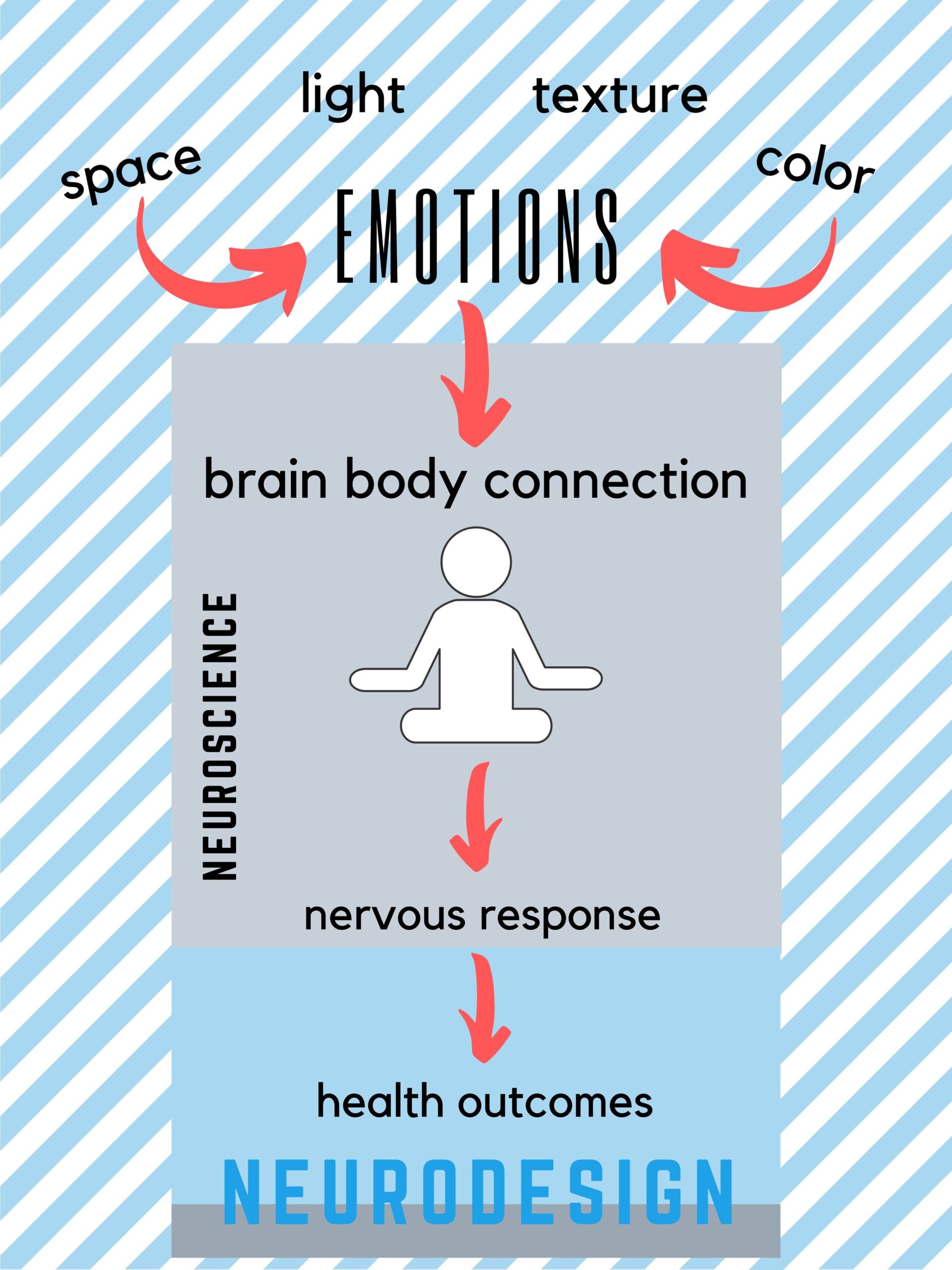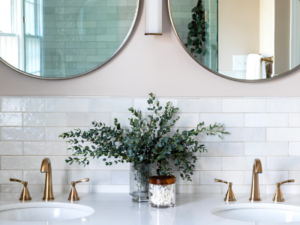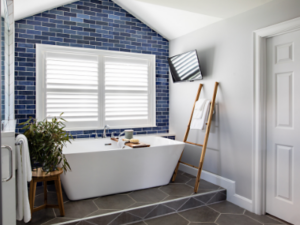Why Does Interior Design Matter?
August 24, 2020
The short answer to that question is because YOU MATTER.
As humans we have come a long way since the time our ancestors were hunting and gathering, living in caves. We have created and innovated ourselves nearly to the brink of exhaustion coming up with ever changing trends that claim to improve our health and wellbeing. Are we improving? Are we better off? Well…..
The World Health Organization expects stress-related illnesses to be the biggest contributors to disease this year. And with busyness as the common denominator of most modern-day stressors, it is quite obvious that we are, in fact, not better off.
Did I mention that before I became a full time interior designer that I was a clinical researcher who studied human behavior?
I have always been curious in human behavior; how we develop, how we interact with one another, and what motivates us. Having extensive education and experience in the field of psychology and now in the role of an interior designer I feel great privilege and responsibility to create positive experiences through spaces that lessen and diminish the effects that stress has on us.
Good design is aesthetically pleasing, but it also has the potential to evoke positive emotion which makes our brain and body feel good. Let’s get down and nerdy, shall we?
NEUROSCIENCE is a field of biology that seeks to discover how our brain and body are connected. Our brain constantly sends messages to our nervous system that help us relax and/or prepare to fight without us being aware by releasing hormones that help redirect blood flow to control our blood pressure and muscle contractions.
Being mindful of how the variables of design (i.e. space, light, texture, and color) impact our senses and emotions which then affect our physical and mental health is NEURODESIGN.

Neurodesign as a scientific concept has been very heavily used in the advertising industry for years, understanding our brain helps marketers create more savvy ways to entice us. But neurodesign is also being considered one of the leading concepts today in residential and commercial interior design. The more mindful we are about how a space makes us feel, rather than just how it appeals to our eye, the greater impact our surroundings can have on our overall health and wellbeing. (This is a lot to unpack; no need to take notes. I’ll be sure to write more about this in the future.)
Design is Powerful
When you think about your daily routine, it involves interactions with the people in our lives. Connections with our friends, family members and colleagues greatly impact our emotions and behavior. In addition to human interaction we are also interacting with the spaces in which we have these connections. Our homes, schools, work places, and other spaces where we come together are also affecting our behavior and health. What is it about these places that contributes positively and negatively to your mood? What things can you change about those spaces to increase positivity in your life?
At the risk of sounding dramatic, design is a powerful concept that has the potential to transform your life.
Anyone designing a space should consider the people they are designing for as well as the function of the space. This really seems like a no brainer, but it is crucial to good design that we listen to those who will be living, playing and working in the space so it “feels right” to them.
The spaces we create need to support those in it as well as support the purpose of it.
Quick story:
Recently I was given the opportunity to design a Mud Room for a client. At first you may not think this would be a very appealing space to renovate, it may be considered an “afterthought” space of a home. But if you recognize the crucial functions of the room – a space that the family enters and exits the home every day, a space that provides organization amidst the hustle-and-bustle of sports and activities, a space that provides an area to make transitions between the outside and inside world – this space needs to be just as thoughtfully designed as a functioning Kitchen or relaxing Master Suite.
When the project concluded my client remarked on how less stressed she feels about getting the kids to school as well as coming home from a long day because the first space she enters after crossing the threshold of her home is a well organized, custom space that fits the needs of her family – bonus points that is also aesthetically pleasing! She continued to acknowledge that she, and the family in general, are happier because of this transformation.



